H7N9 Highly Pathogenic Avian Influenza Diagnosed in Mississippi Poultry Flock
On Mar. 17, 2025, The Mississippi Board of Animal Health (MBAH) has been notified by the U.S.Department of…
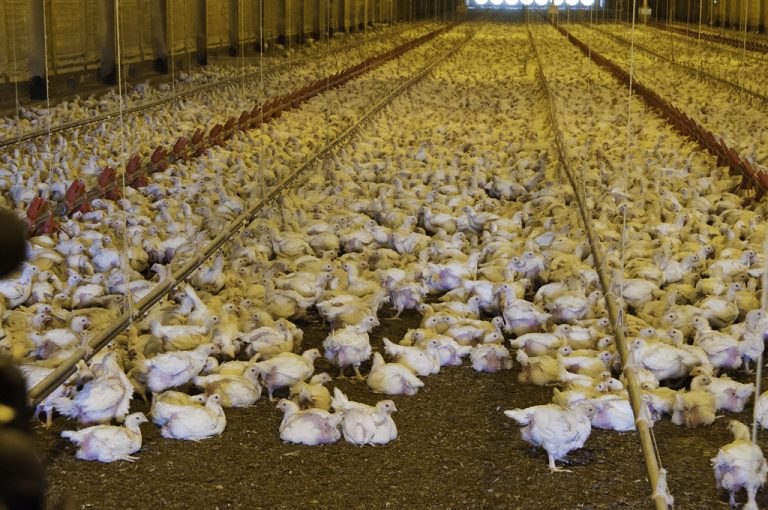
On Mar. 17, 2025, The Mississippi Board of Animal Health (MBAH) has been notified by the U.S.Department of…
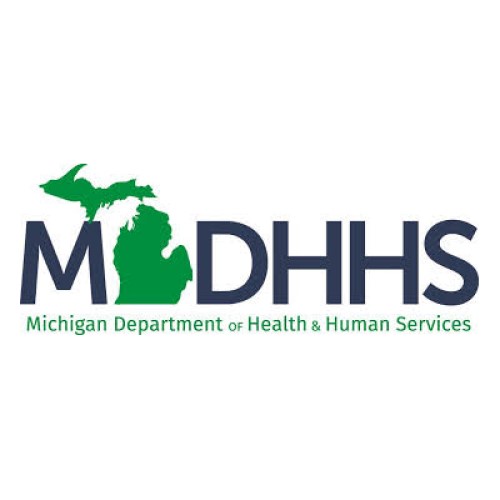
On Mar. 14, 2025, the Michigan Department of Health and Human Services (MDHHS) and Oakland County Health Division…
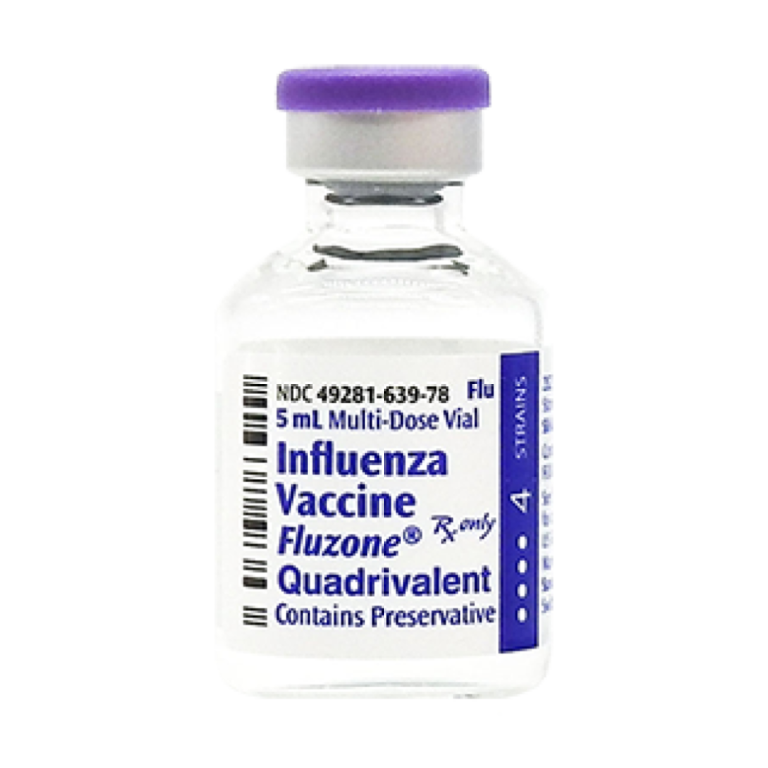
On Mar. 14, 2025, Sanofi announced the immediate adoption of influenza strains selected by the U.S. Food and…
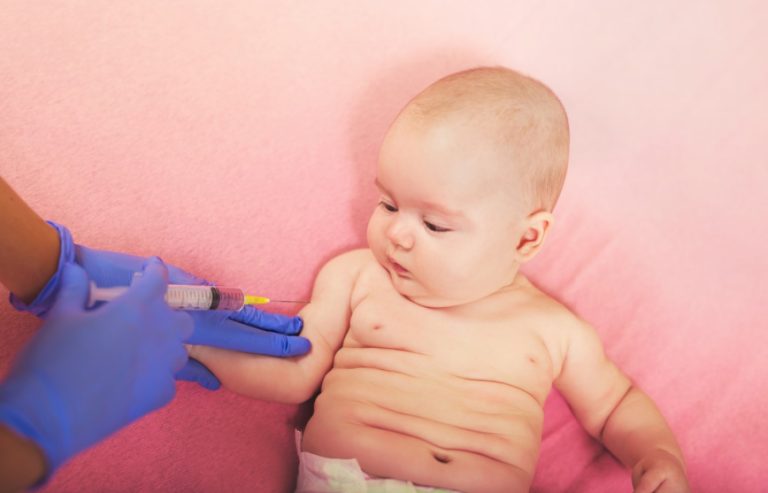
On Mar. 14, 2025, the World Health Organization (WHO) and the United Nations Children’s Fund (UNICEF) announced an…
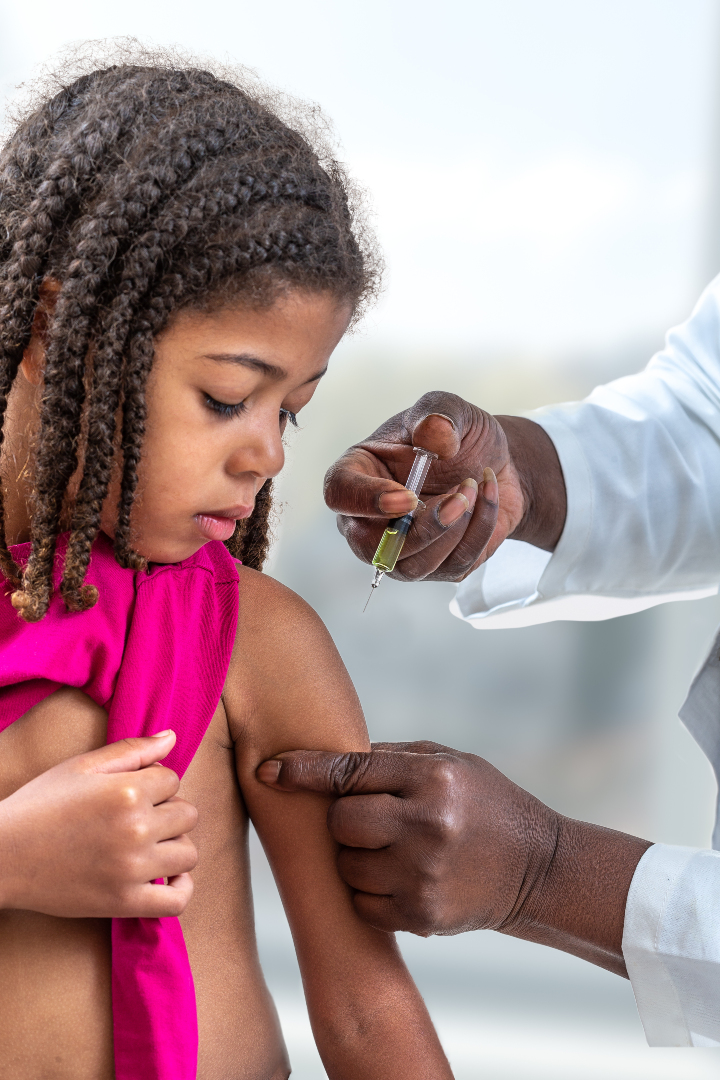
On Mar. 14, 2025, the Texas Department of State Health Services (DSHS) reported updated information about an outbreak…
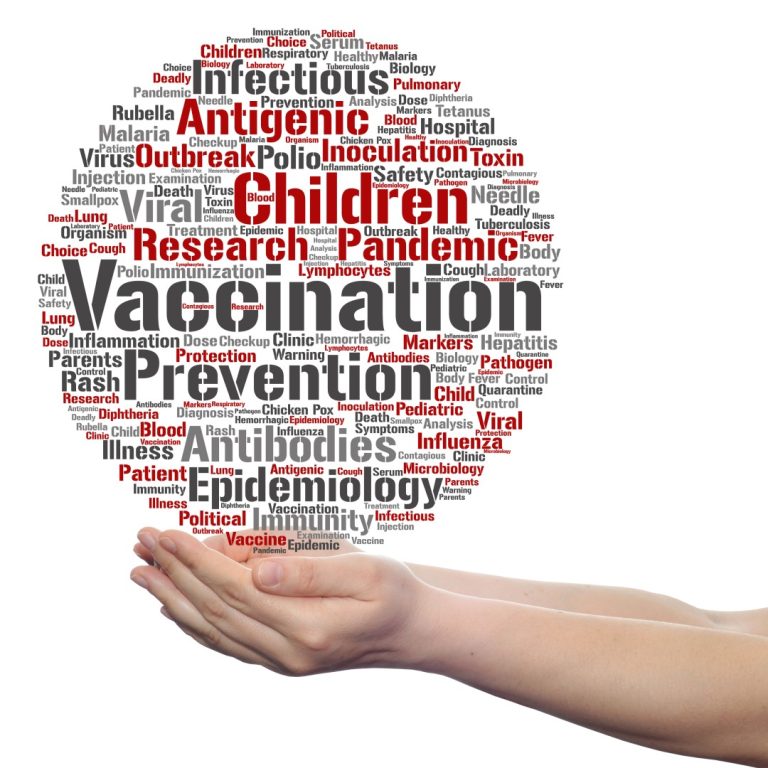
On Mar. 14, 2025, the Oklahoma State Department of Health (OSDH) received notification of two more probable measles…

On Mar. 14, 2025, a survey by the Annenberg Public Policy Center (APPC) reported that although the Food…

On Mar. 14, 2025, researchers from Cornell University reported results from a study that show the Aging Process…
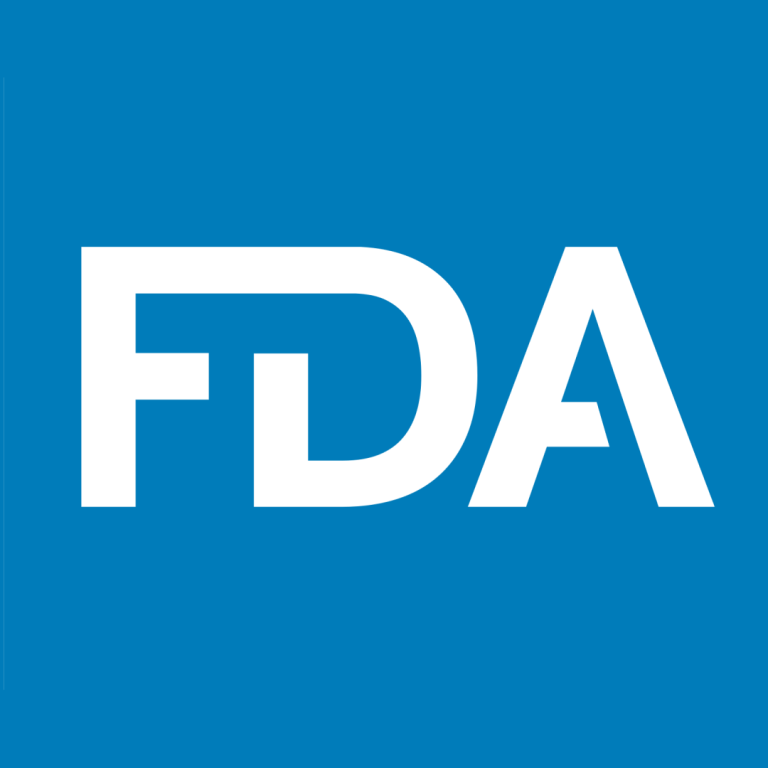
On Mar. 13, 2025, the U.S. Food and Drug Administration (FDA) announced recommendations to vaccine manufacturers for the…
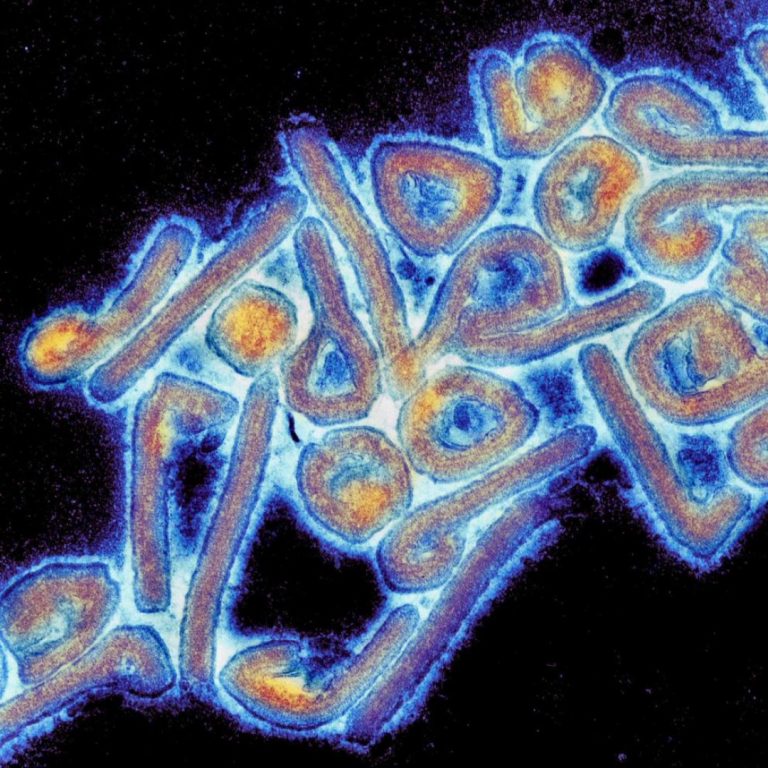
On Mar. 13, 2025, after two consecutive incubation periods (a total of 42 days) without a new confirmed…
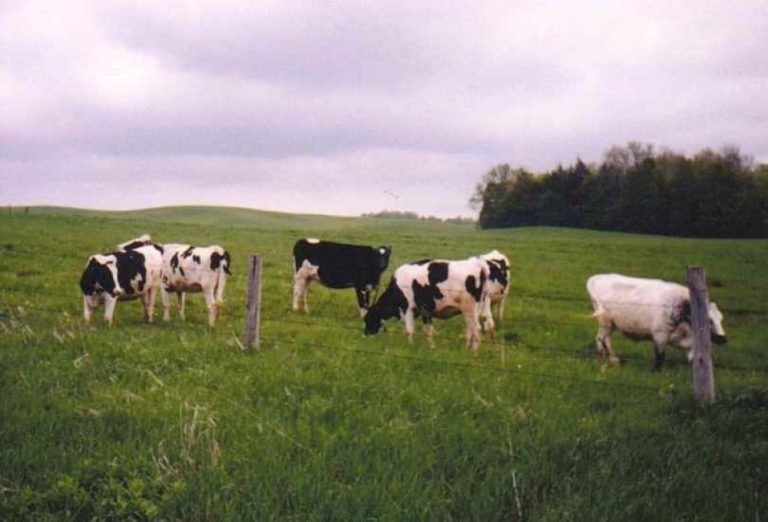
Mar. 13. 2025, scientists who examined the impact of an H5N1 avian flu outbreak in an Ohio dairy…
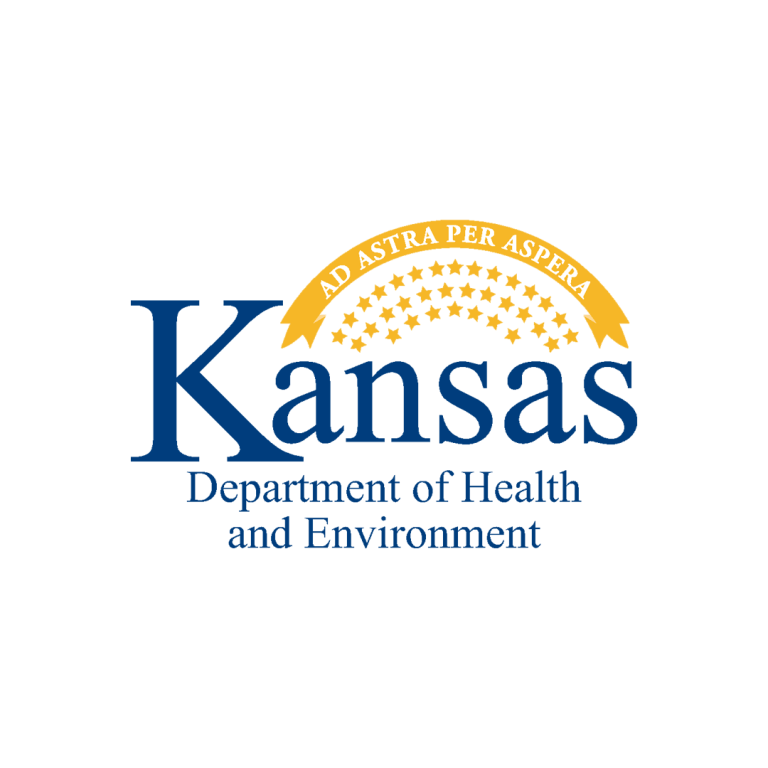
On Mar. 13, 2025, The Kansas Department of Health and Environment (KDHE) and the Stevens County Health Department…
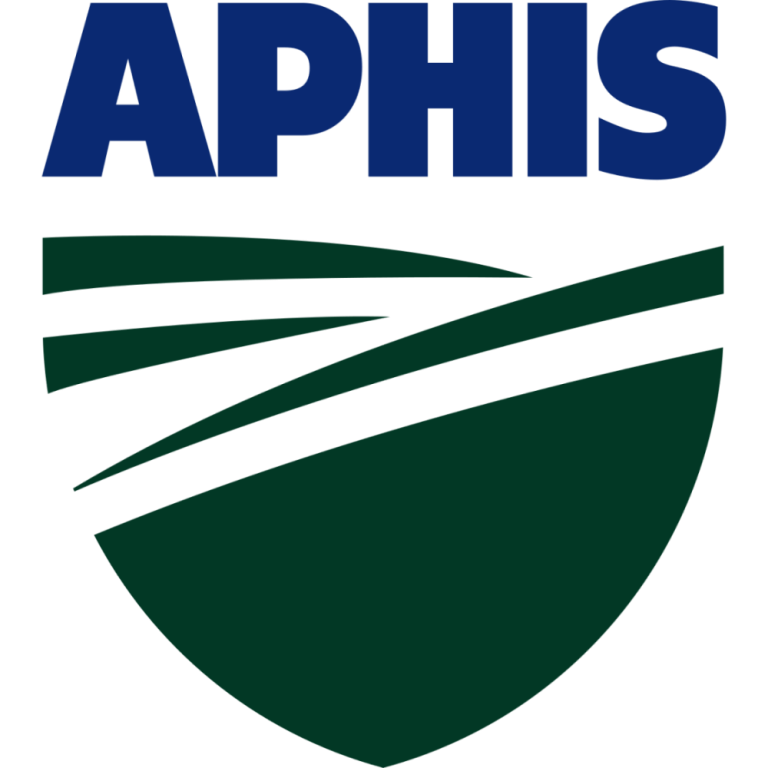
On Mar. 12, 2025, the Animal and Plant Health Inspection Service (APHIS) confirmed the presence of highly pathogenic…

On Mar. 11, 2025, the New York State Department of Health today announced the first case of measles…

On Mar. 11, 2025, researchers from Texas A&M University School of Public Health report findings show significant links…
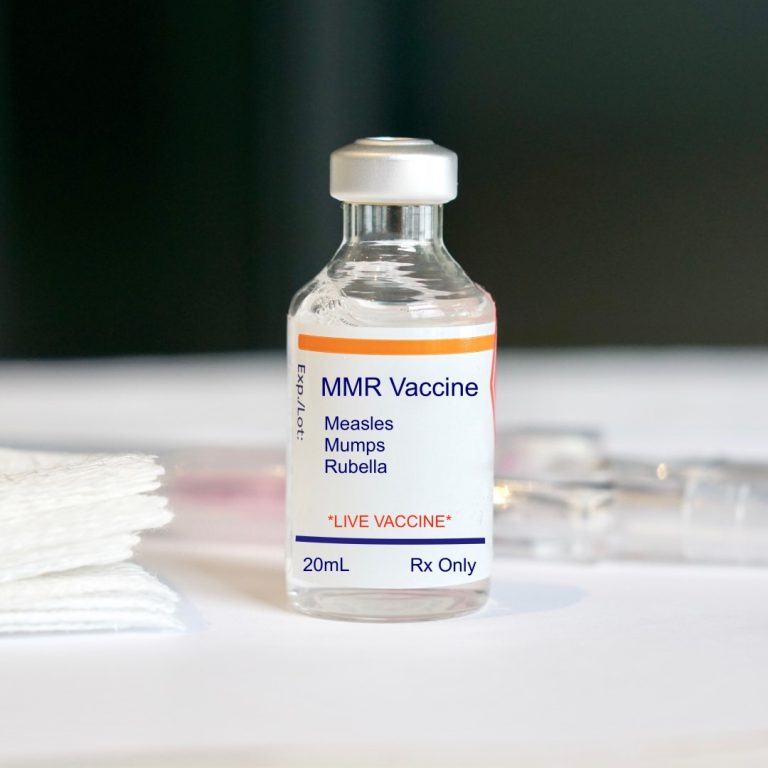
On Mar. 11, 2025, in an excerpt from his book Booster Shots (Penguin Random House), pediatrician and infectious…
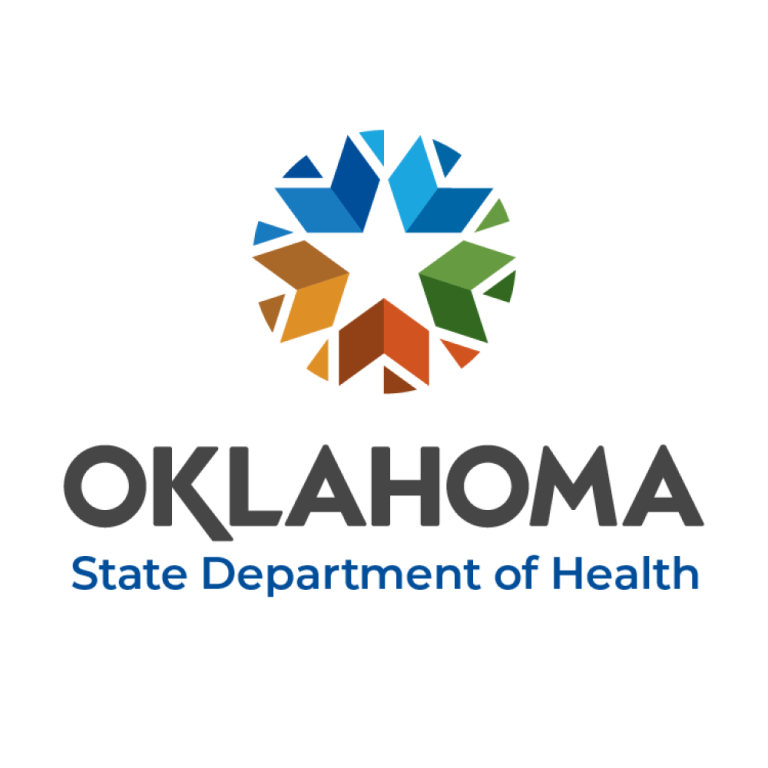
On Mar. 11, 2025, the Oklahoma State Department of Health (OSDH) reported the first two measles cases in…
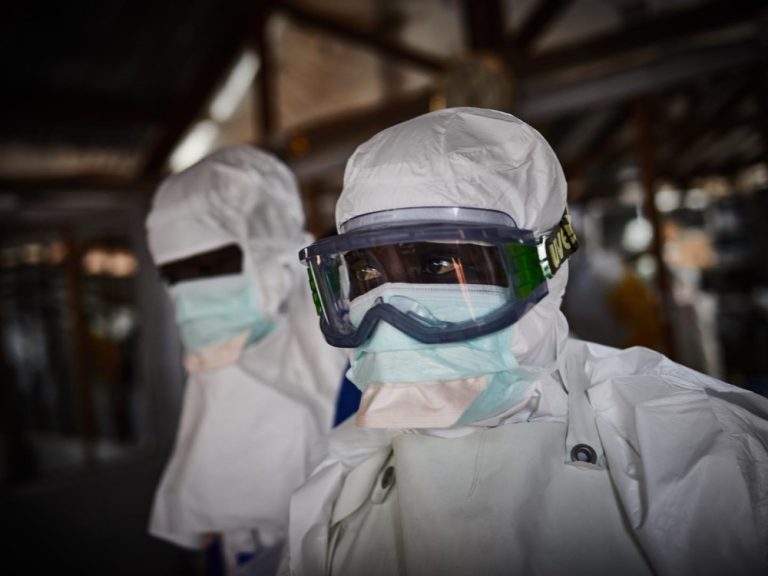
On Mar. 8, 2025, the World Health Organization (WHO) announced that since the outbreak of Sudan virus disease…

On Mar. 7, 2025, the Texas Department of State Health Services reported updated information about an outbreak of…
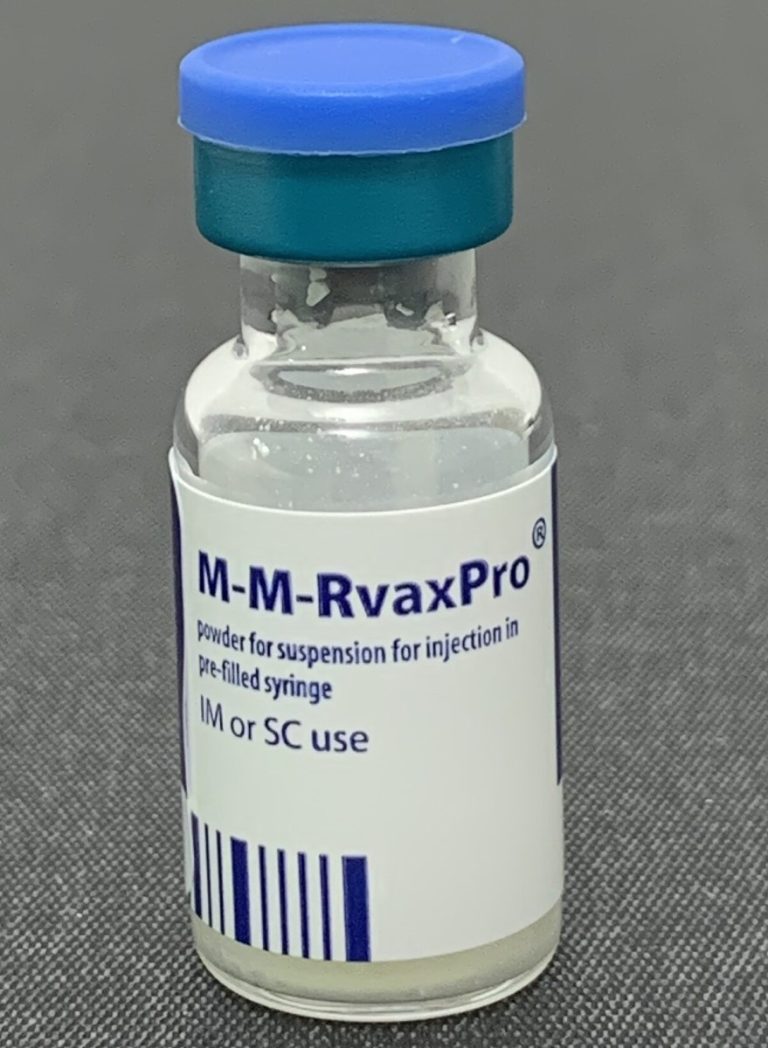
On Mar. 6, 2025, the New Mexico Department of Health (NMDOH) confirms that a deceased resident of Lea…
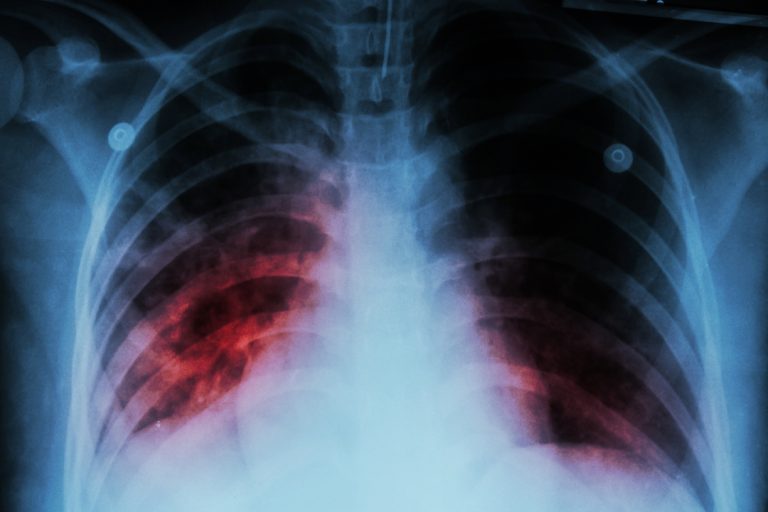
On Mar. 5, 2025, the World Health Organization (WHO) announced In the past two decades, tuberculosis (TB) prevention,…

On Mar. 4, 2025, the Government of Alberta announced it had contributed $100 million in capital funding to…

On Mar. 4, 2025, the Texas Department of State Health Services reported an outbreak of measles in the…
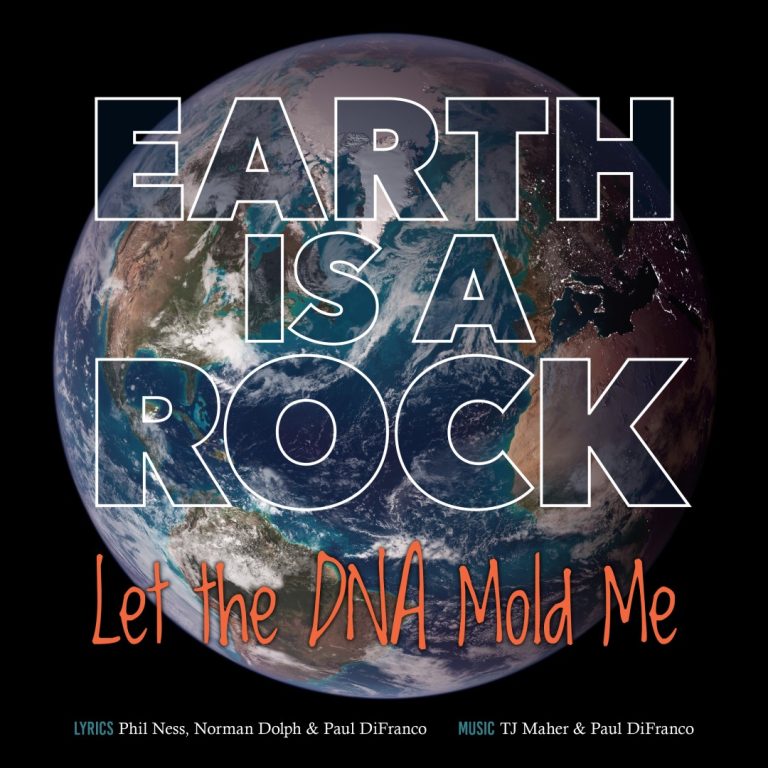
On Mar. 3, 2025, LifeScienceHistory.com: Where history is made daily announces the release of a rewritten hit rock…

On Mar. 3, 2025, Revvity announced the launch of EUROIMMUN’s CE-marked Anti-Measles Virus ELISA 2.0 (IgG) to support…
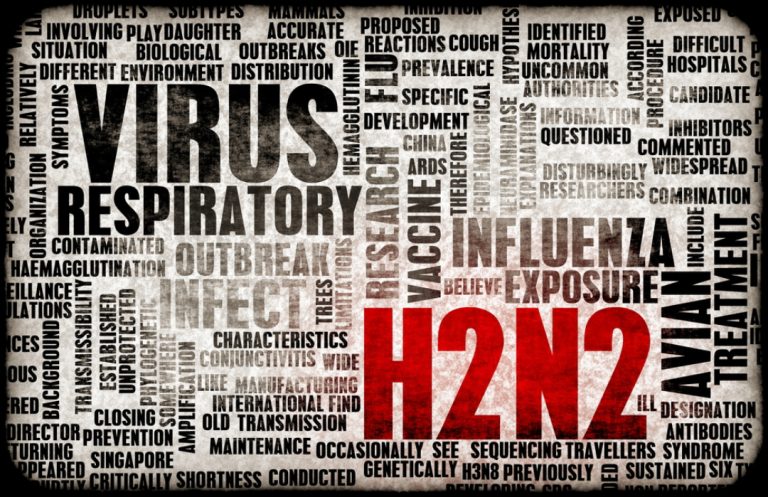
On Feb. 28, 2025, the World Health Organization (WHO) announced announced the recommendations for the viral composition of…
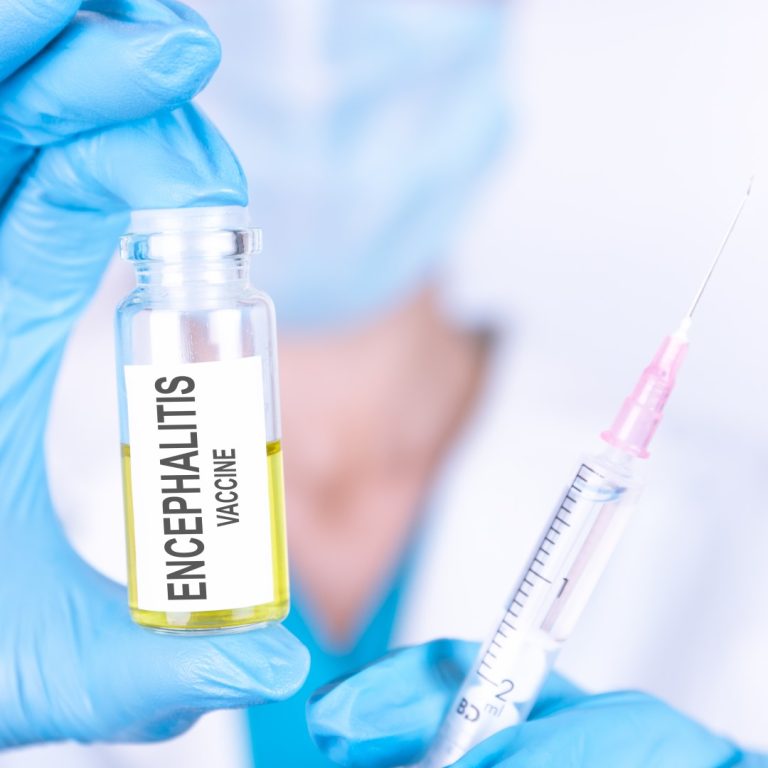
On Feb. 27, 2025, the U.S. Centers for Disease Control and Prevention (CDC) announced that it is investigating…

On Feb. 27, 2025, a new government report adds to evidence that the HPV vaccine, once called dangerous…
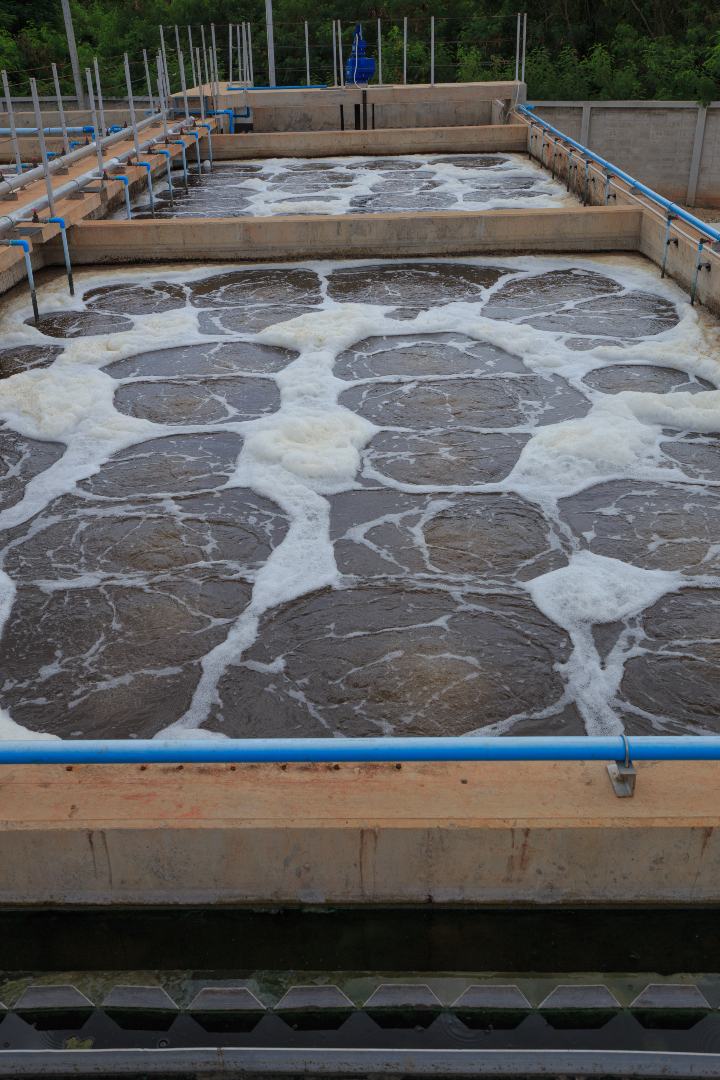
On Feb. 27, 2025, research from Oregon State University (OSU) showed that wild birds can account for much…
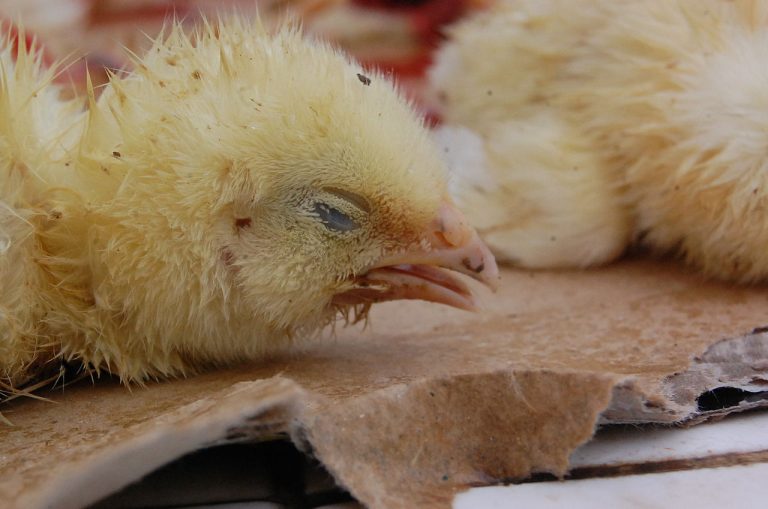
On Feb. 26, 2025, the U.S. Department of Agriculture (USDA0 announced a $1 billion-dollar comprehensive strategy to curb…